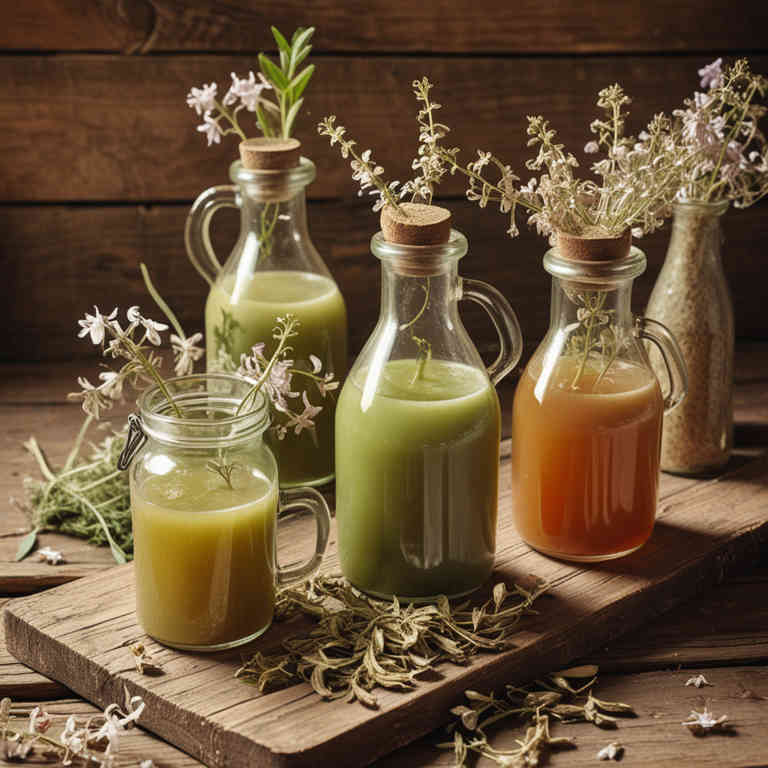Saponaria officinalis juice for medicinal use

Saponaria officinalis juice is a herbal preparation derived from the plant commonly known as soapwort.
It contains saponins, which are natural compounds known for their cleansing and foaming properties. In herbalism, this juice is used to treat skin conditions such as warts and eczema due to its mild irritant and drying effects. It may also be applied topically to reduce inflammation and as a natural remedy for minor infections.
However, it should be used with caution, as it can be harsh on sensitive skin.
Uses
Saponaria officinalis juice has been used to treat skin conditions and as a natural cleanser for centuries.
Historically, it was employed in traditional medicine to address acne, eczema, and other inflammatory skin disorders. The juice's saponin content is believed to have mild cleansing and antimicrobial properties. In modern times, it is still used in skincare products and herbal remedies for its gentle exfoliating and soothing effects.
Its historical and traditional use continues to influence its application in alternative and complementary medicine today.
Benefits
Saponaria officinalis juice has health benefits such as promoting skin health, aiding digestion, and supporting respiratory function.
It contains saponins, which have mild cleansing properties that can help detoxify the body. The juice is also known to have anti-inflammatory effects, which may help reduce swelling and irritation. It is traditionally used to treat skin conditions like eczema and psoriasis due to its soothing properties.
Additionally, it may help alleviate symptoms of respiratory issues such as coughs and bronchitis.
Constituents
Saponaria officinalis juice active constituents include saponins, flavonoids, tannins, and mucilage.
These compounds contribute to its traditional use in promoting respiratory health and reducing inflammation. Saponins help to thin mucus and enhance the clearance of respiratory secretions. Flavonoids provide antioxidant properties that support immune function.
Tannins and mucilage soothe irritated tissues and may aid in digestive health.
Preparation
To make Saponaria officinalis juice, start by harvesting the fresh leaves of the plant during its flowering period, typically in early summer.
Wash the leaves thoroughly to remove any dirt or debris. Place the leaves in a blender and add a small amount of water or a mild acidic liquid like lemon juice to help extract the juice. Blend until a smooth, green liquid is obtained, then strain the mixture through a fine mesh or cheesecloth to remove pulp and solid particles.
The resulting juice can be used topically or internally, depending on the intended use, and should be consumed or applied promptly for best results.
Side Effects
Saponaria officinalis juice may lead to gastrointestinal discomfort, including nausea, vomiting, and diarrhea, due to its saponin content.
It can also cause skin irritation or allergic reactions when applied topically. Prolonged use may result in liver or kidney damage, as saponins are toxic in high doses. The juice is not recommended for pregnant or breastfeeding women due to potential harm to the fetus or infant.
Always consult a healthcare professional before using this preparation.